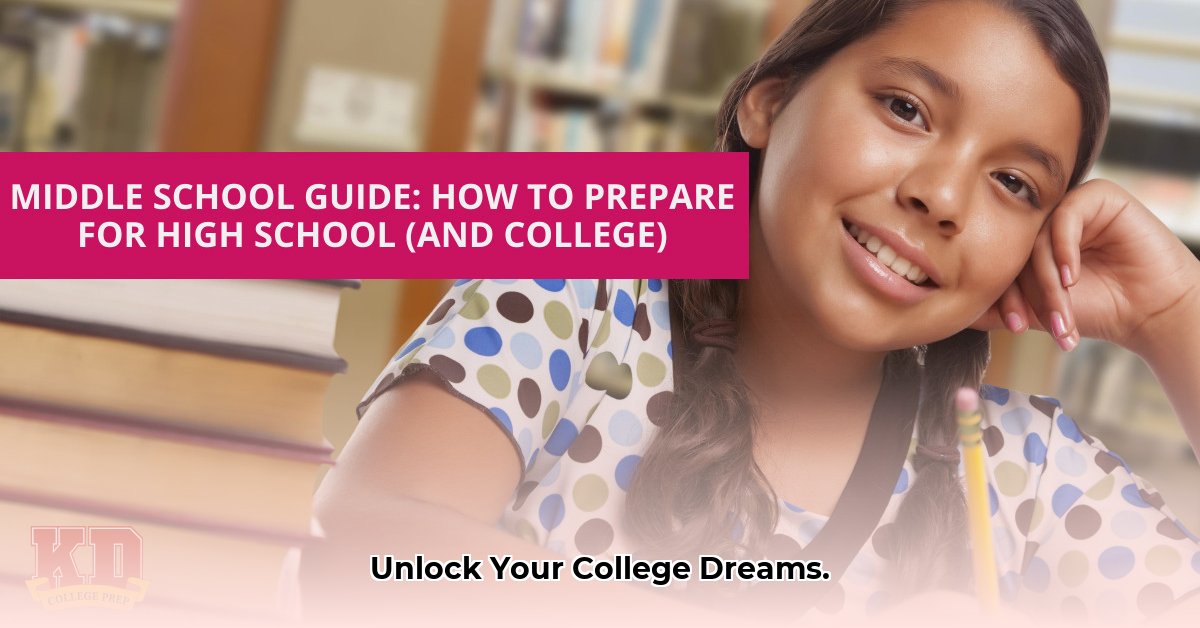
Choosing the right college preparatory school is a significant decision for families. This guide provides a clear, step-by-step process to help you navigate the complexities of selecting the perfect fit for your child, considering various factors including school types, financial aid, and the application process. For more information on prep schools generally, check out this helpful resource: What are Prep Schools?.
Unveiling the World of Prep Schools: Types and Styles
College preparatory schools offer diverse learning environments catering to different student needs and learning styles. Understanding these differences is crucial for making an informed decision.
1. Boarding Schools: These schools provide a fully immersive experience, encompassing academics, extracurricular activities, and social life within a structured campus environment. This intensive model fosters close-knit communities and enhanced independence.
Pros: Strong community, structured environment, dedicated resources, increased independence.
Cons: High cost, limited family interaction, potential for homesickness, less flexibility.
2. Day Schools: Day schools offer a balance between rigorous academics and the comfort of home. Students attend classes during the day and return home in the evenings, allowing for regular family involvement.
Pros: Lower cost (generally), familiar environment, greater family involvement, easier access to personal support.
Cons: Less intense community, requires reliable transportation, may demand more self-discipline.
3. Online Prep Schools: For independent learners, online schools offer unparalleled flexibility and self-paced learning. This model caters to students who thrive in structured, independent learning environments.
Pros: Flexibility, accessibility, often lower cost, self-directed learning pace.
Cons: Requires strong self-discipline, reduced peer interaction, may need more family support for structure.
Choosing the best type depends on your child's personality, learning style, and your family's dynamic. Consider their strengths, challenges, and comfort levels within different learning environments.
Key Considerations: Your School Selection Checklist
Once you've identified potential school types, use this checklist to systematically evaluate options:
Accreditation: Accreditation from a recognized body ensures the school meets established quality standards for curriculum, teaching, and facilities. Research the accrediting body's specific criteria.
Curriculum: Examine the academic program's details. Does it offer Advanced Placement (AP) courses or International Baccalaureate (IB) programs? Does it align with your child's interests and college aspirations? A strong curriculum prepares students for higher education.
Faculty: The expertise and experience of teachers significantly impact learning. Investigate faculty credentials and backgrounds. A strong faculty fosters a supportive and engaging learning environment.
College Counseling: Comprehensive college counseling is crucial. Assess the services offered, including test preparation, application assistance, and essay guidance. Effective college counseling improves college admissions chances.
Extracurricular Activities: A well-rounded education encompasses extracurriculars. Explore the range of opportunities available to develop talents, leadership skills, and social connections. Extracurricular involvement enhances college applications.
Class Sizes and Student-Teacher Ratio: Smaller class sizes often translate to more individualized attention. A lower student-teacher ratio generally indicates greater personalized support.
Location, Facilities, and Safety: Consider location's proximity to home, transportation, and safety measures. Assess campus facilities, resources, and safety protocols. This is particularly crucial for boarding schools.
The Financial Landscape: Navigating Tuition and Aid
Prep school tuition can be substantial, but financial aid and scholarships lessen the burden. Strategies for managing costs include:
School-Specific Financial Aid: Apply directly to each school. Many offer need-based aid based on family circumstances. Starting early is key due to deadlines and required paperwork.
External Scholarships: Numerous organizations provide scholarships for prep school students. Thorough research and early application are crucial due to competitive processes.
Government Aid Programs: Explore eligibility for state or federal grants or programs. Eligibility requirements usually depend on family financial circumstances.
Remember, each school's financial aid office is a valuable resource. Don't hesitate to contact them with questions. Proactive engagement significantly increases your chances of securing financial aid.
The Application Procedure: A Step-by-Step Guide
Applying to prep schools requires a structured approach:
Step 1: Thorough Research: Use the checklist to narrow your school choices. Visit school websites, request brochures, and attend open houses, if possible.
Step 2: Meticulous Preparation: Gather all necessary documents: transcripts, standardized test scores (SSAT, ISEE), letters of recommendation, essays, and any other required materials. Early preparation is crucial.
Step 3: On-Time Application: Adhere strictly to application deadlines. Submitting applications well in advance mitigates stress. Online portals are commonly used for application submission.
Step 4: Interview Preparation: Many schools conduct interviews. Practice answering common questions and be prepared to discuss your interests and goals. The interview assesses your personality and fit within the school's community.
Step 5: Decision Time: After receiving offers, compare options and select the best fit for your child's aspirations and your family's needs.
Addressing Potential Challenges: A Proactive Approach
While the goal is a positive prep school experience, addressing potential challenges proactively is wise.
| Potential Challenge | Suggested Mitigation Strategy |
|---|---|
| High Tuition Costs | Explore all financial aid options (school-based, external scholarships, government programs) |
| Limited School Availability | Consider online programs or schools farther away with robust financial aid packages. |
| Inadequate College Counseling | Verify the college counseling program's strength before enrollment; seek second opinions if needed. |
| Intense Academic Pressure | Foster open communication between student, teachers, and family for effective support. |
This guide provides a strong foundation for your college preparatory school search. Remember, finding the right fit requires thoughtful consideration and planning. With preparation and focus, you'll empower your student for a successful future.